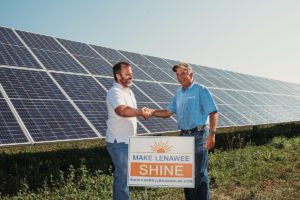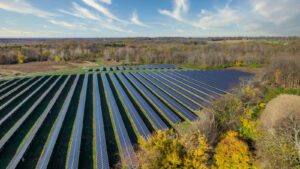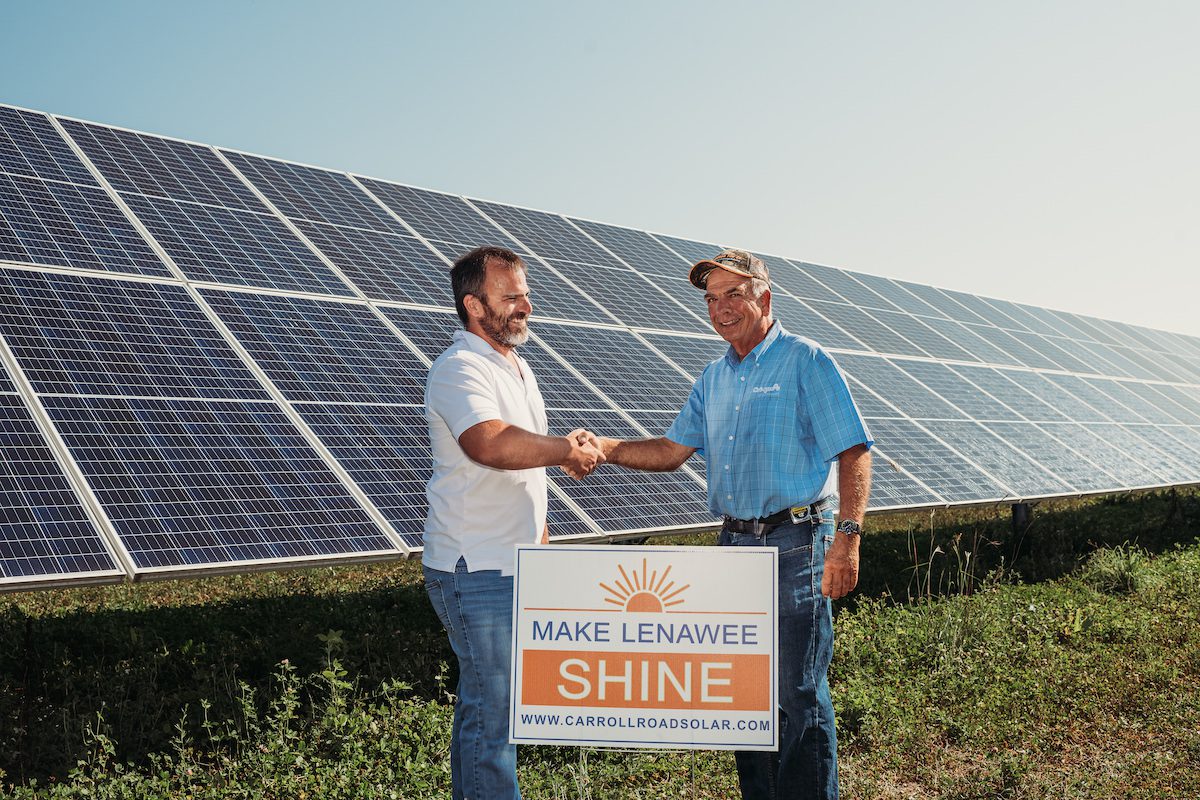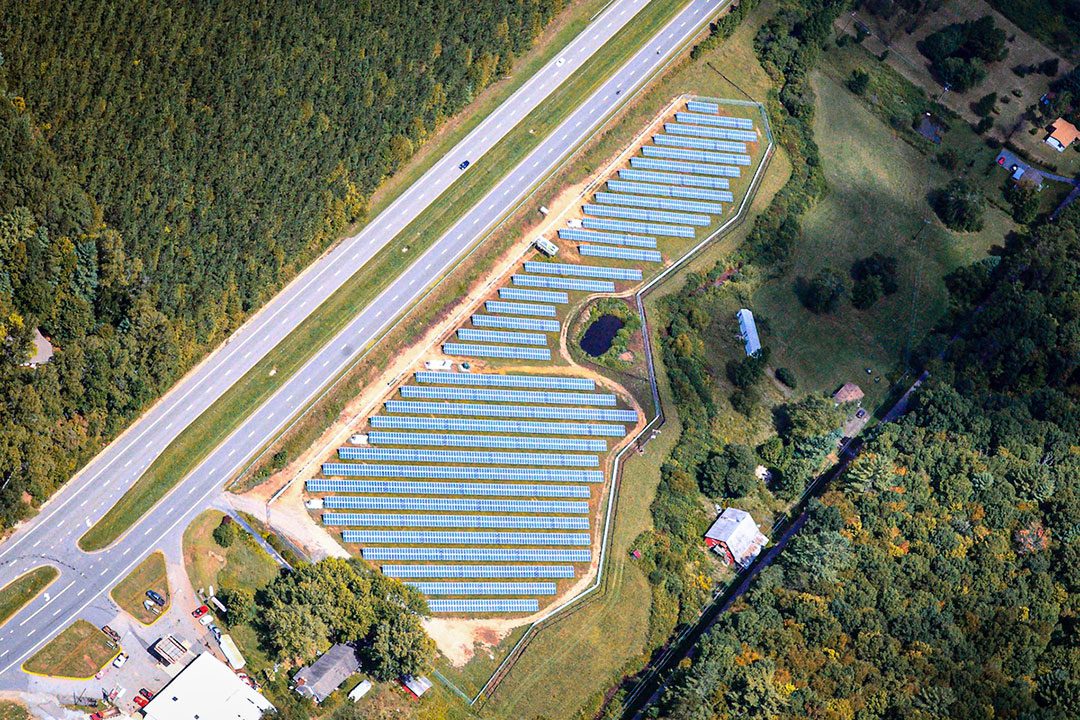- ABOUT
- BUSINESS
- DEVELOPMENT
- LANDOWNERS
- CAREERS
- RESOURCE CENTER
-
-



Blog Articles
Explore our knowledge base of educational and informational articles
-



Press Releases
Stay up-to-date on the latest stories and exciting development at ESA
-



Case Studies
See the highlights and impact of our solar projects
-
-
- ABOUT
- BUSINESS
- DEVELOPMENT
- LANDOWNERS
- CAREERS
- RESOURCE CENTER
-
-



Blog Articles
Explore our knowledge base of educational and informational articles
-



Press Releases
Stay up-to-date on the latest stories and exciting development at ESA
-



Case Studies
See the highlights and impact of our solar projects
-
-









